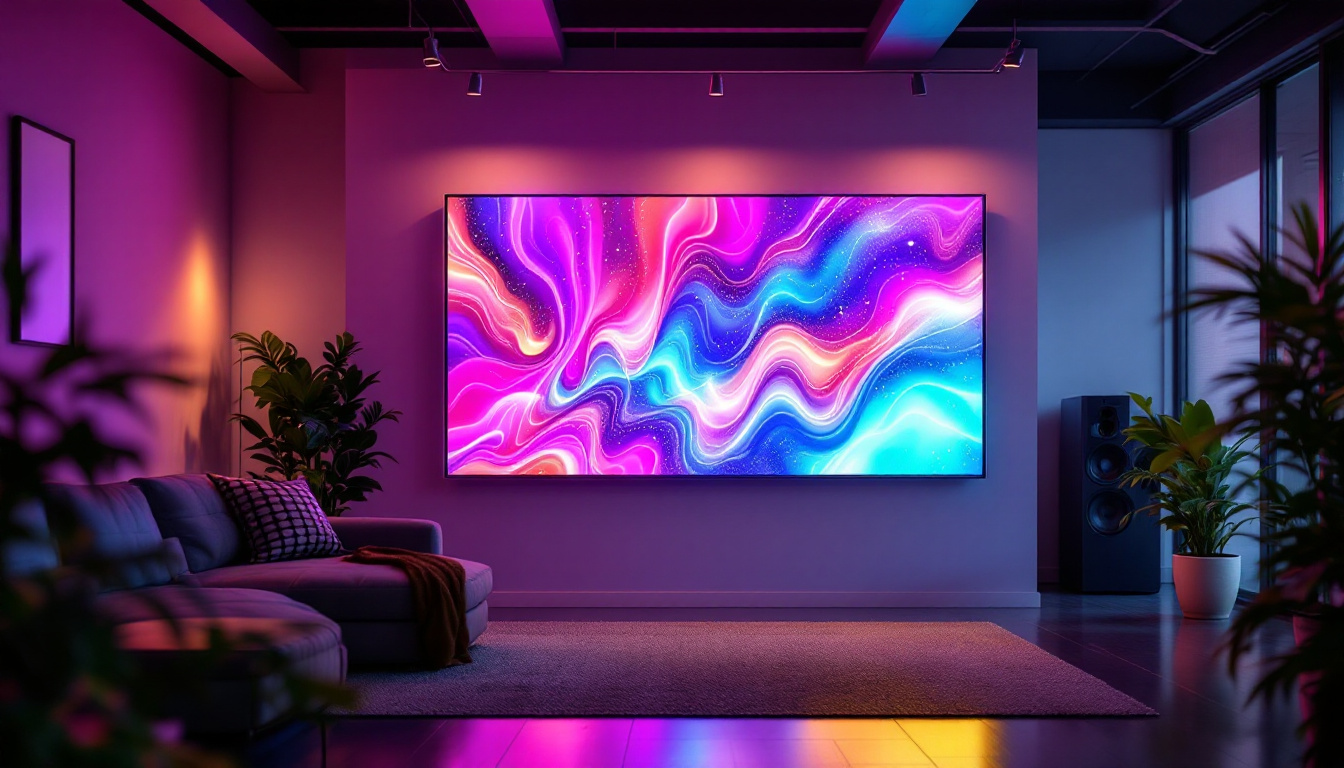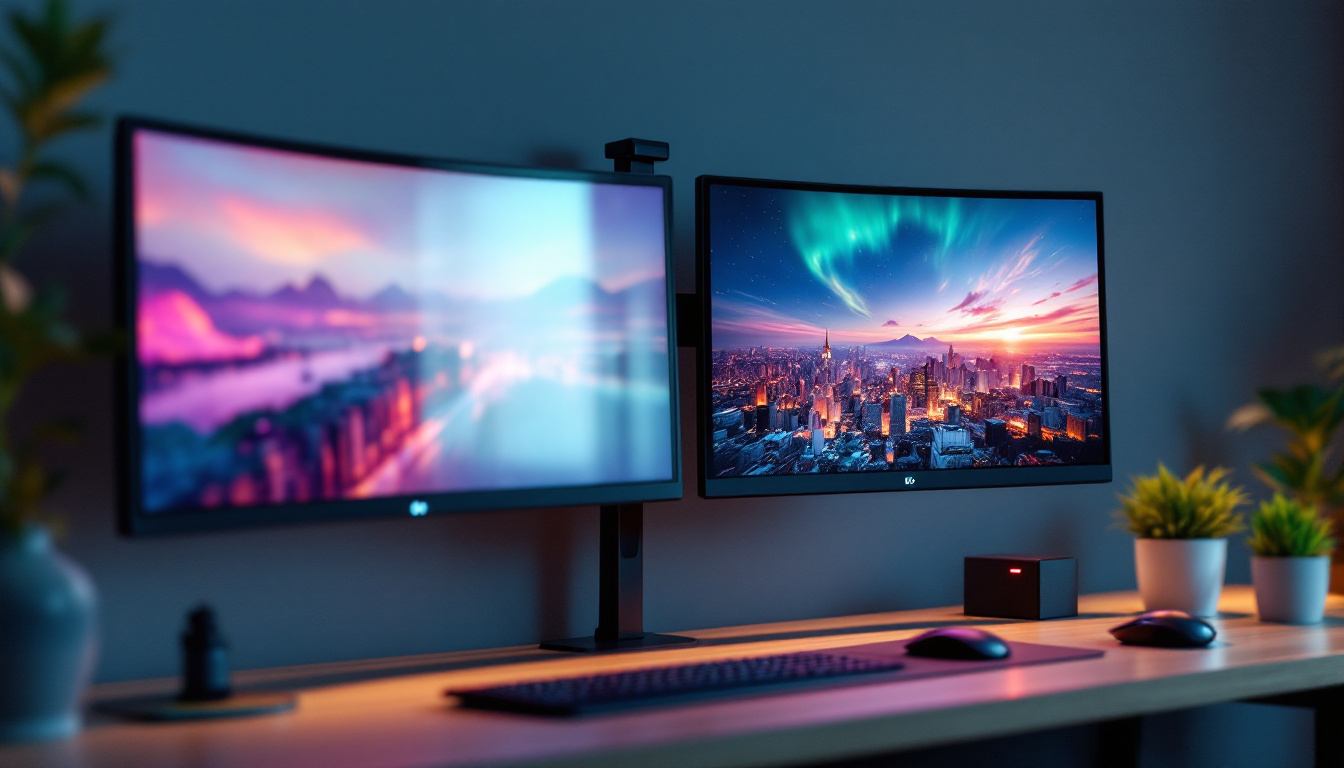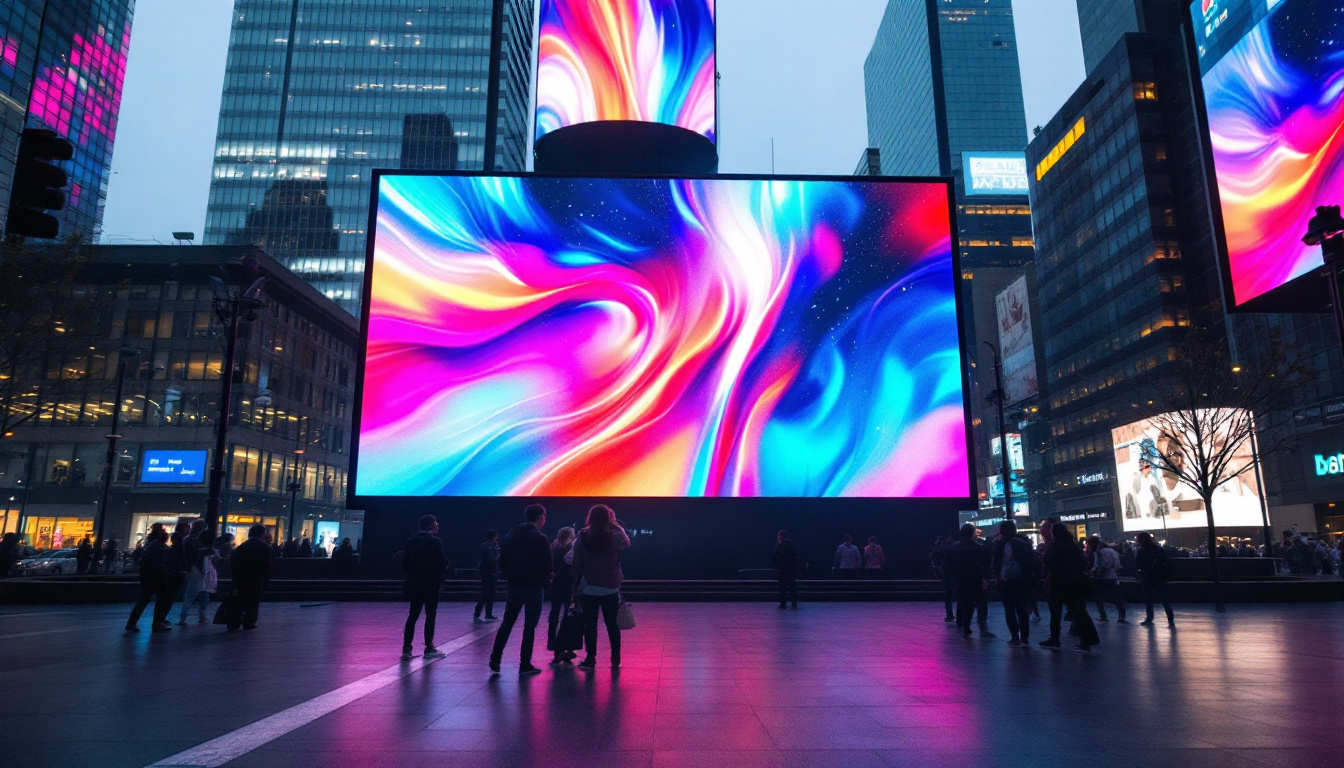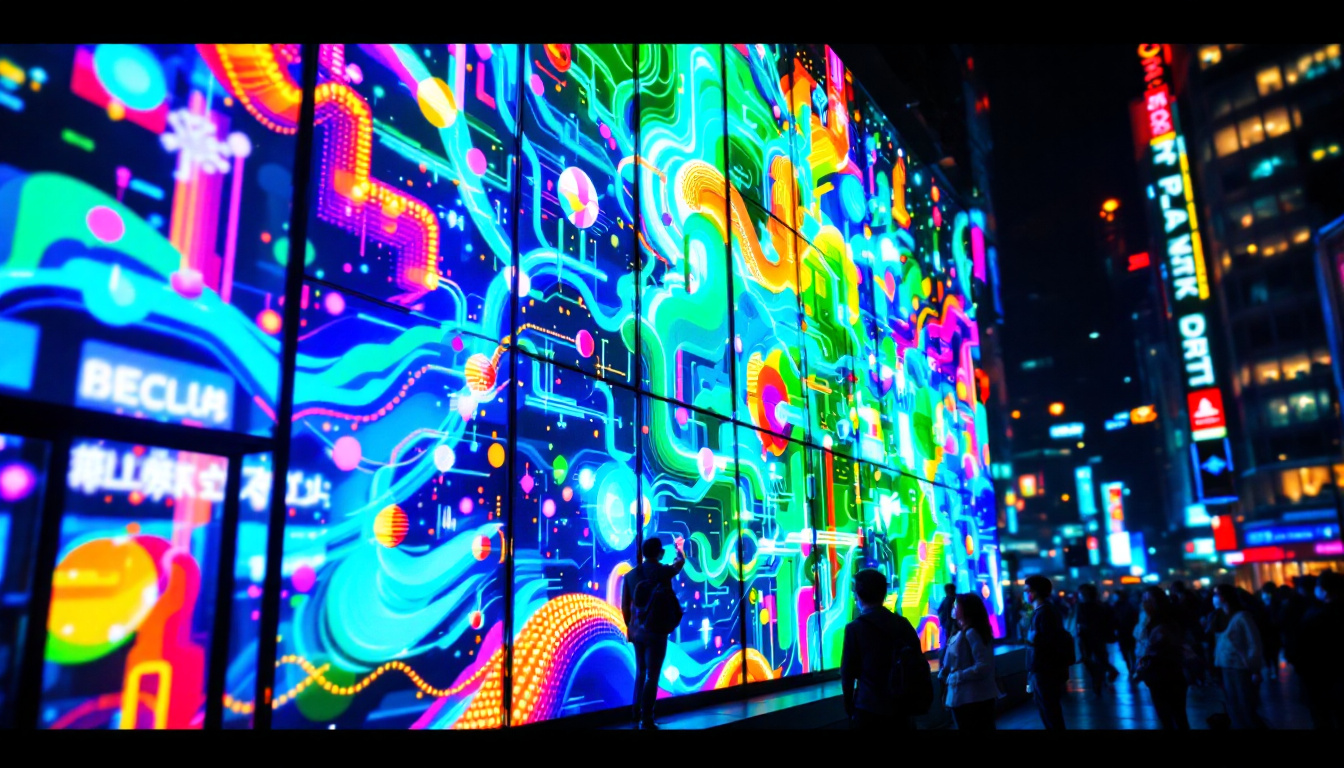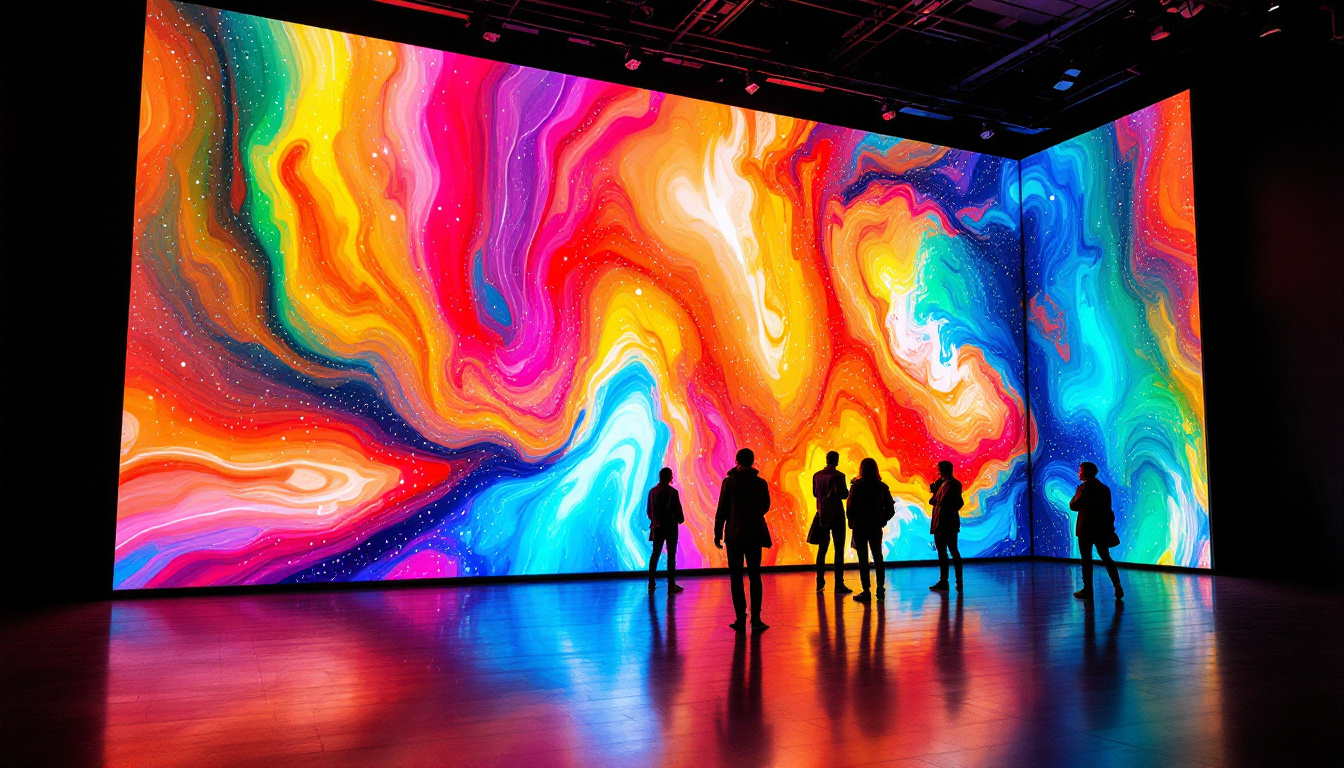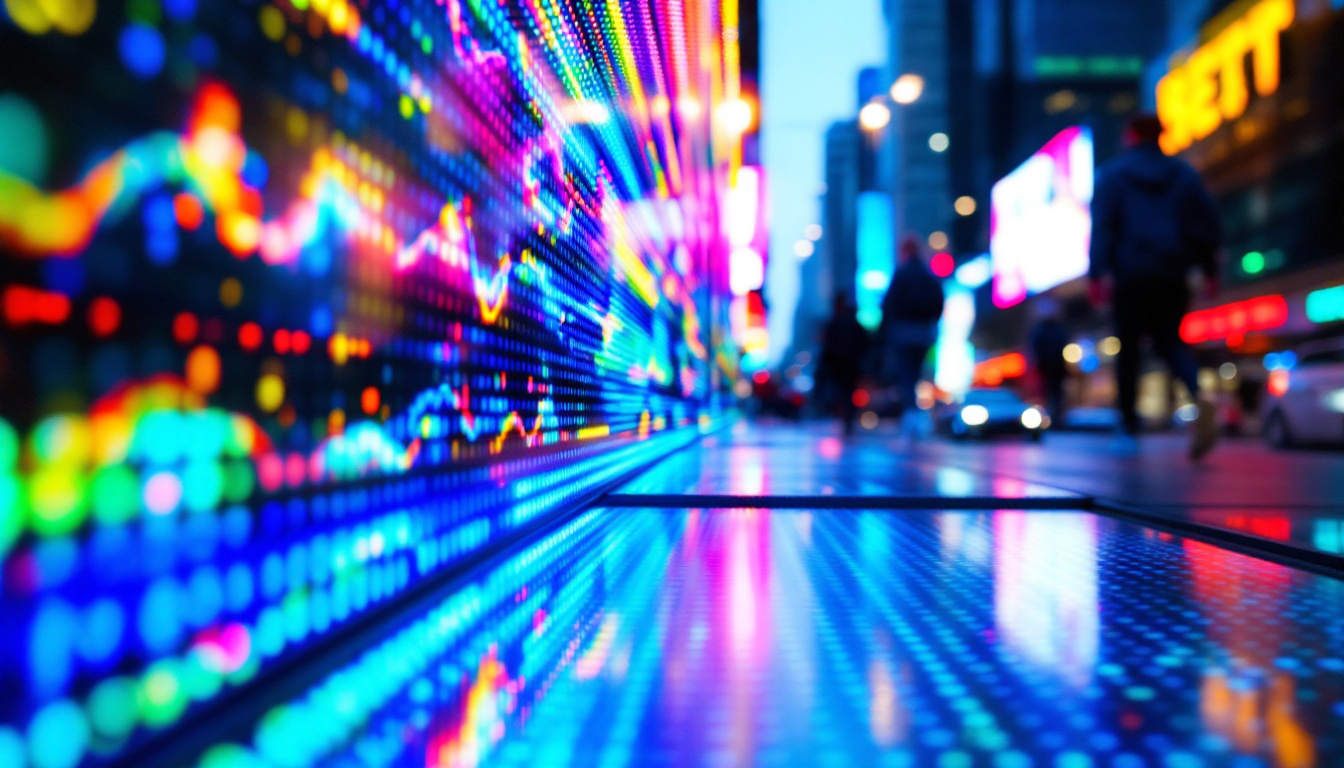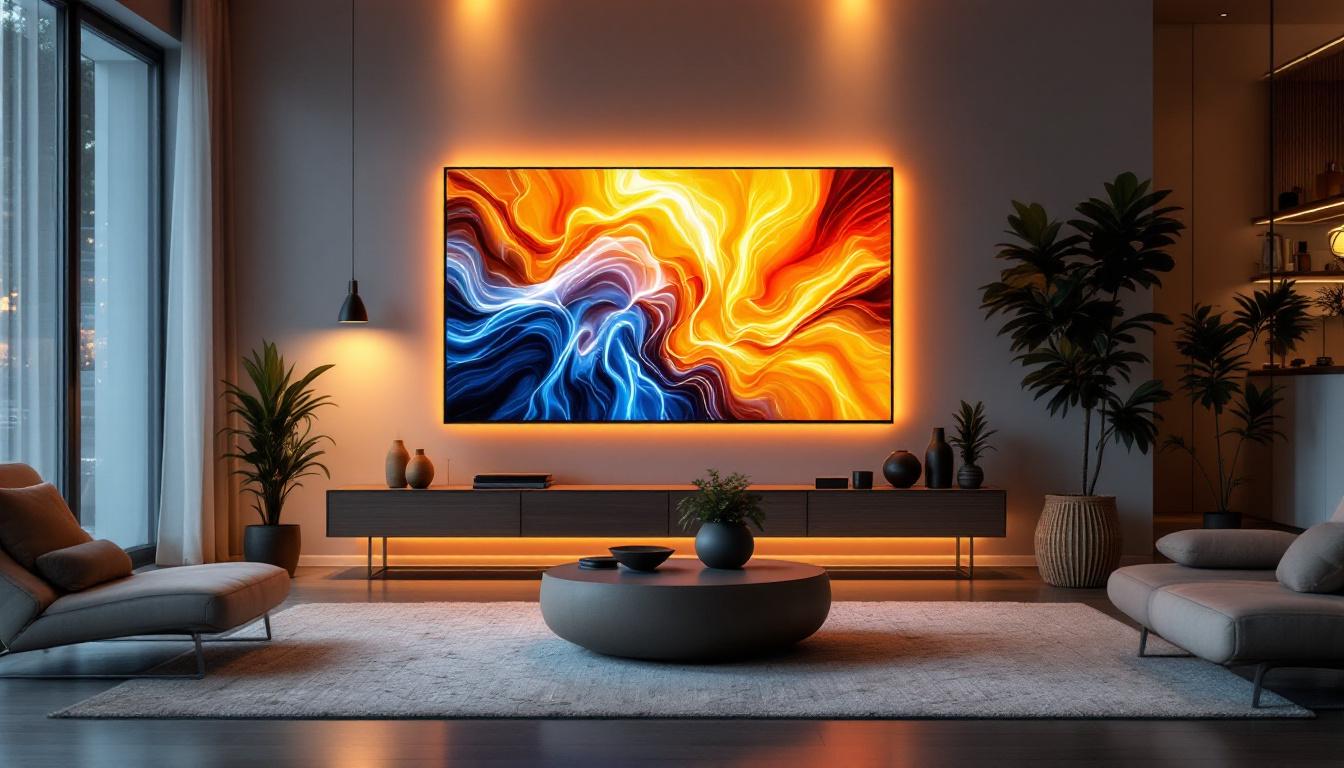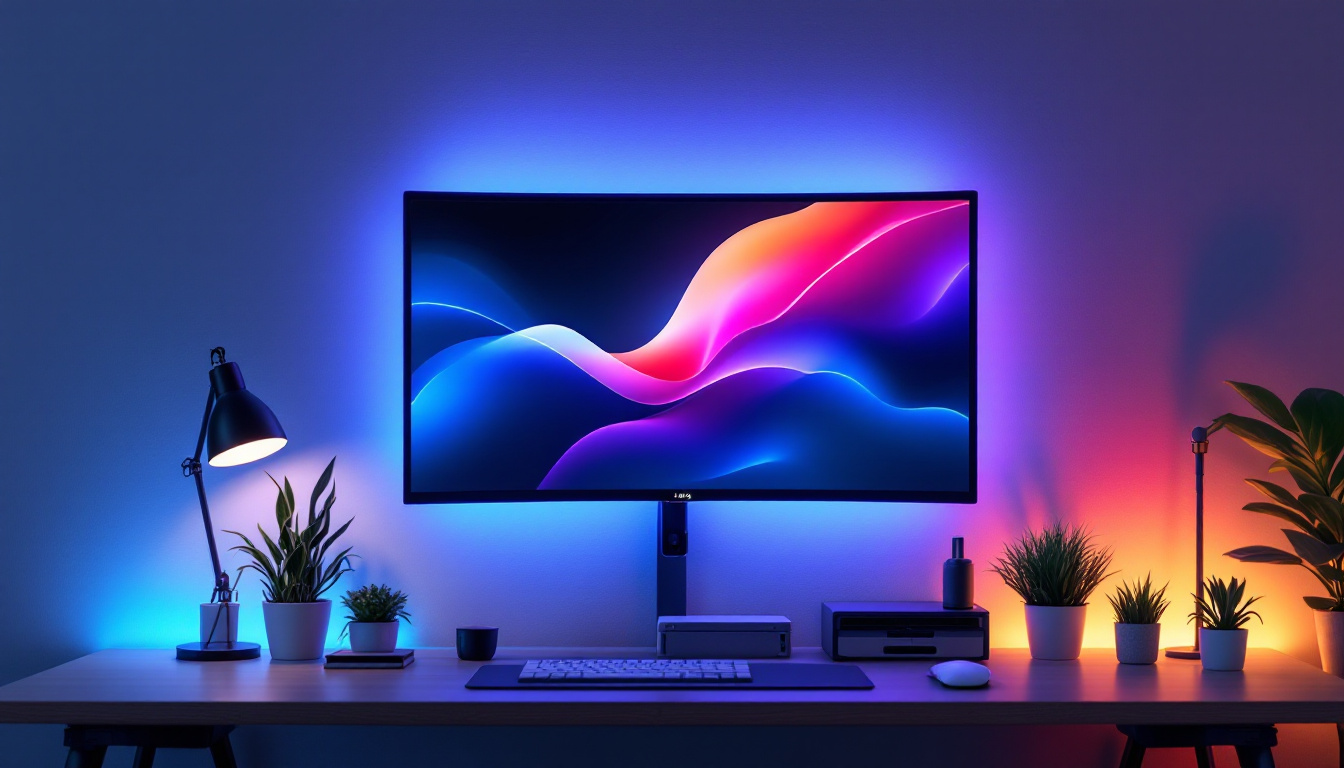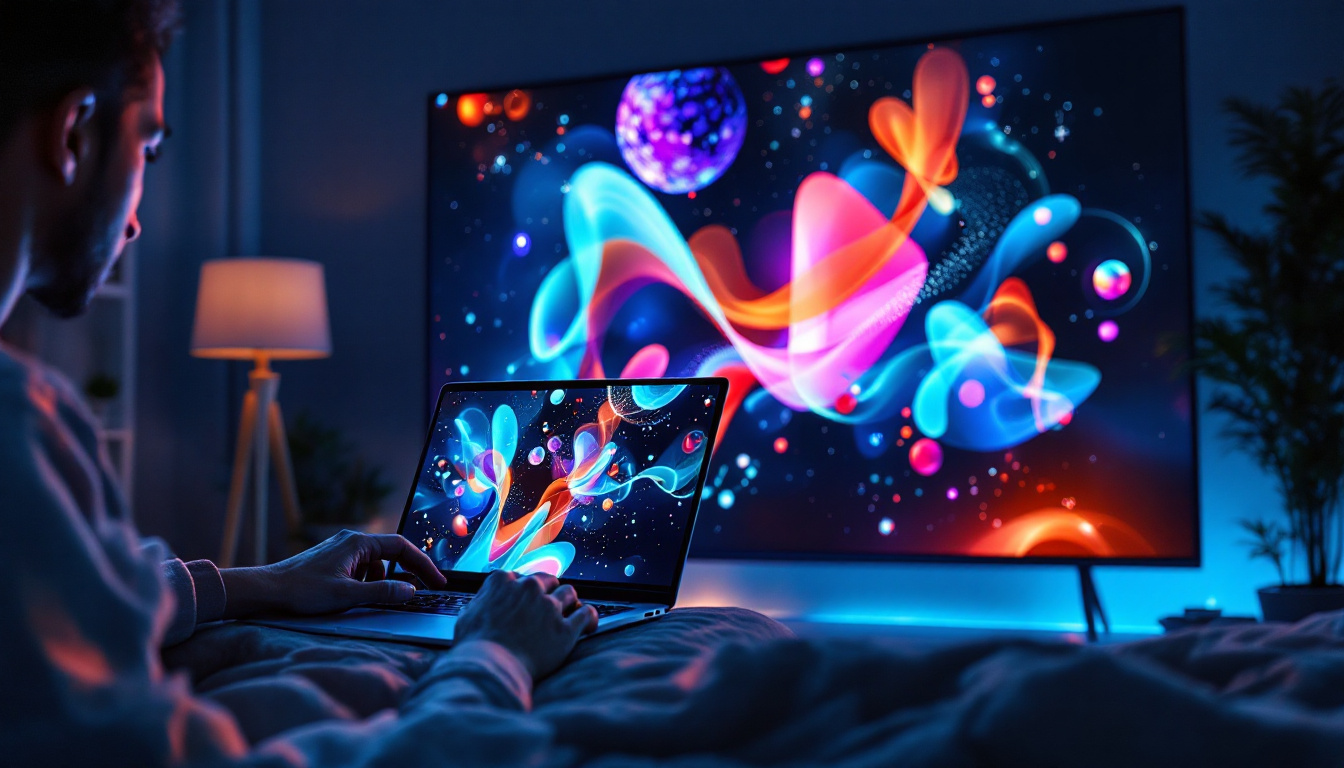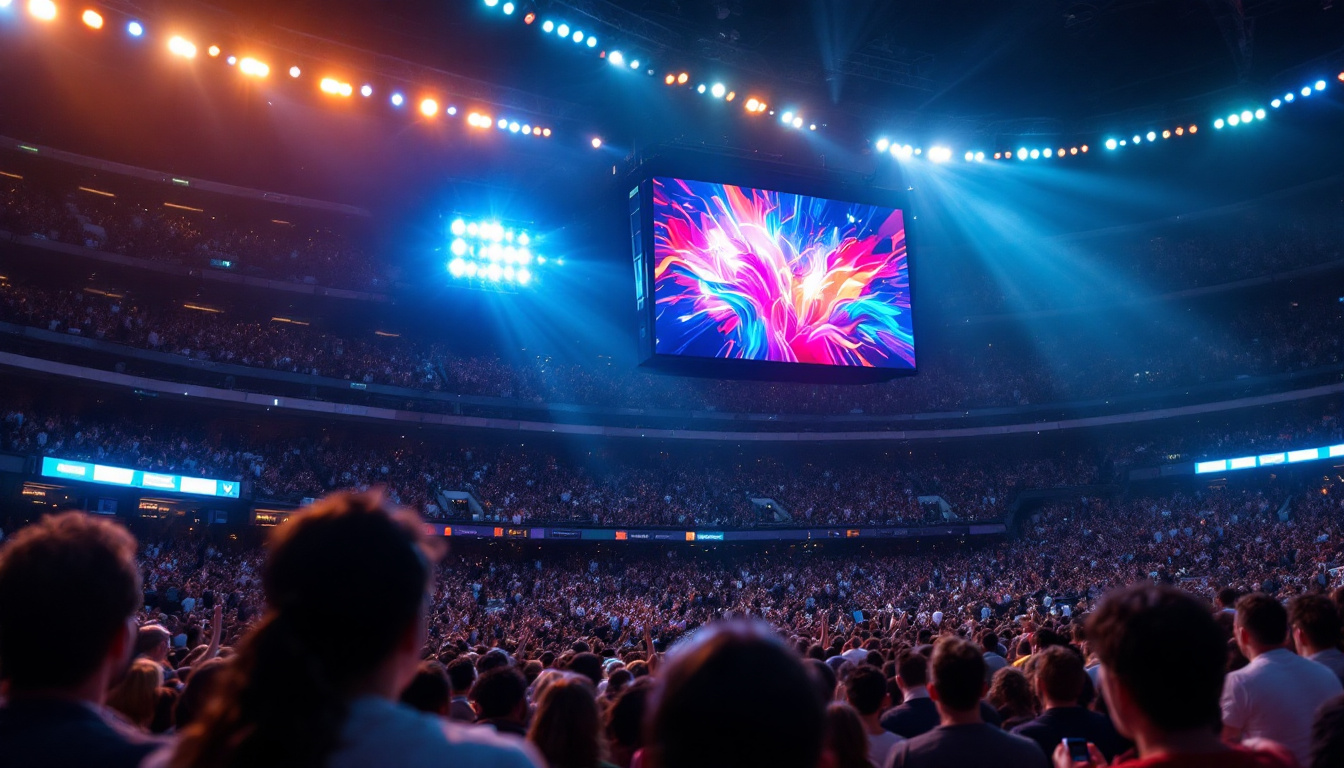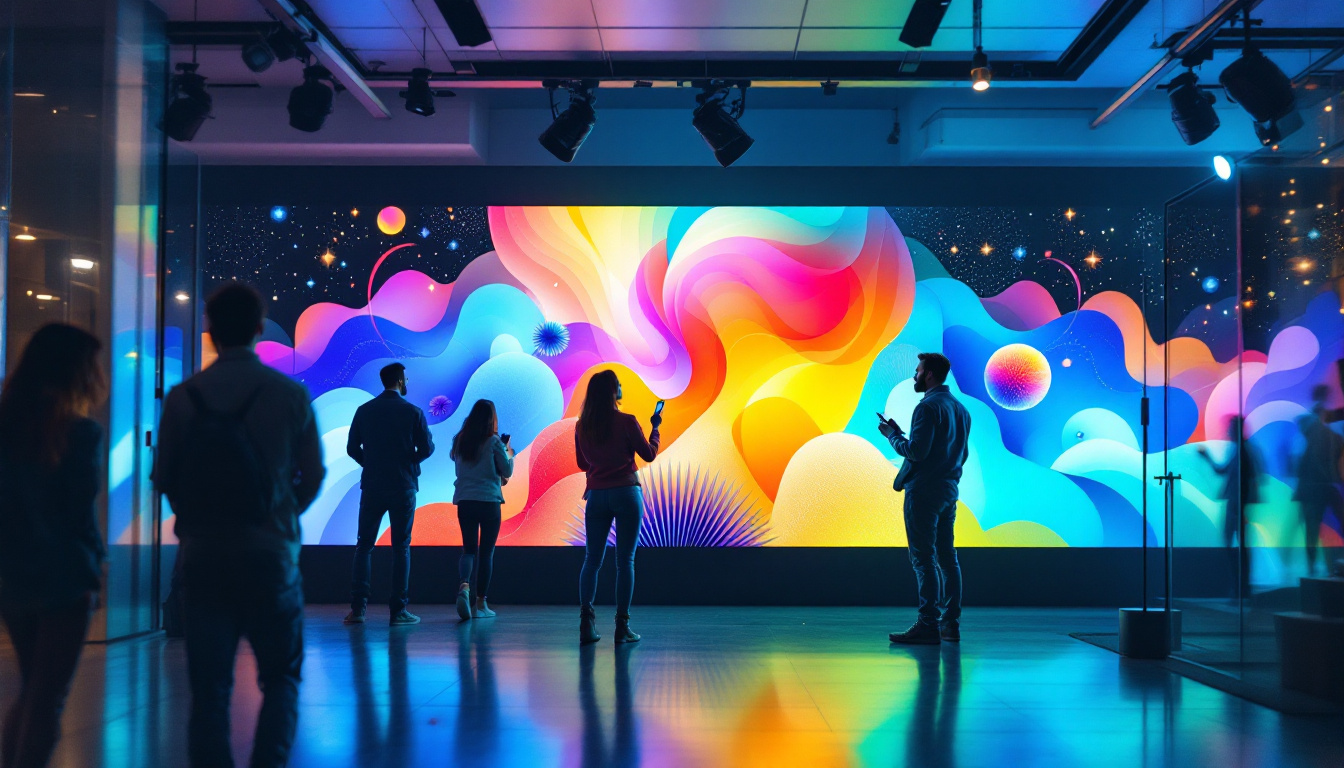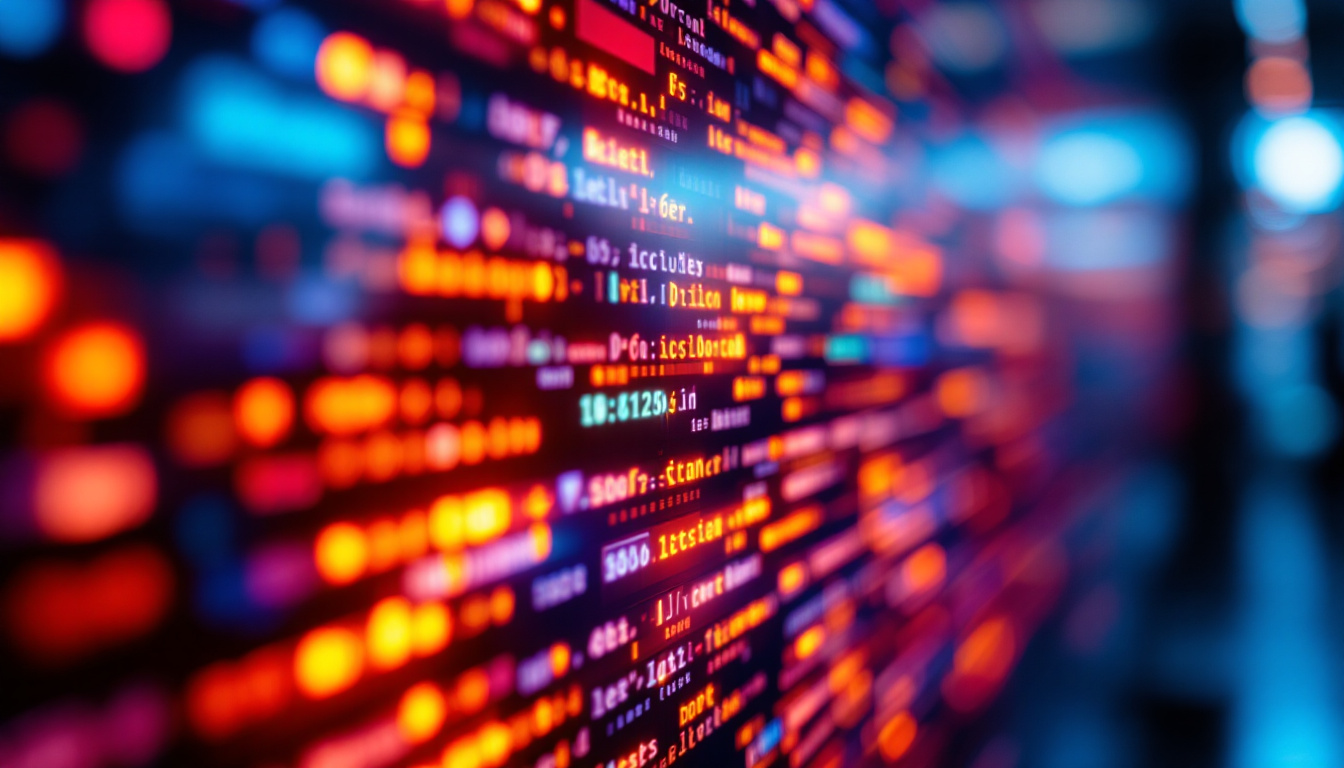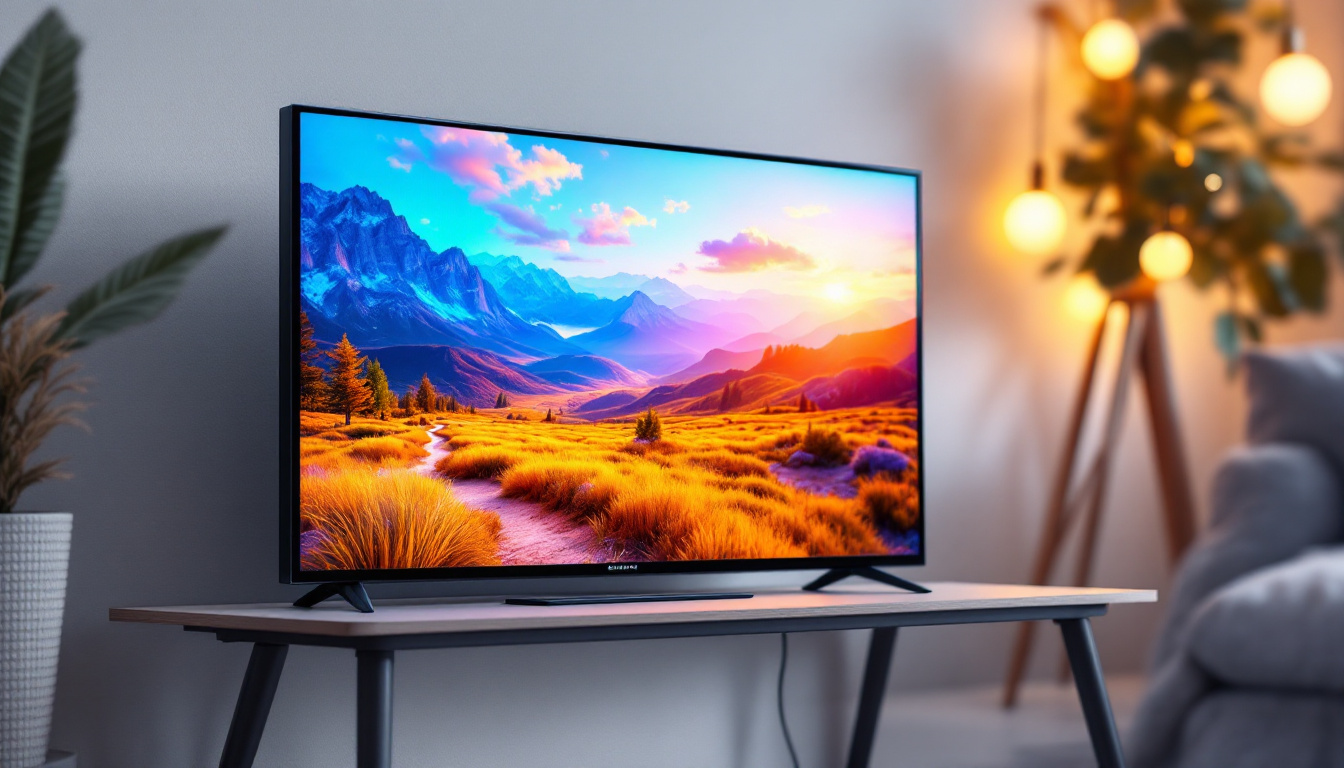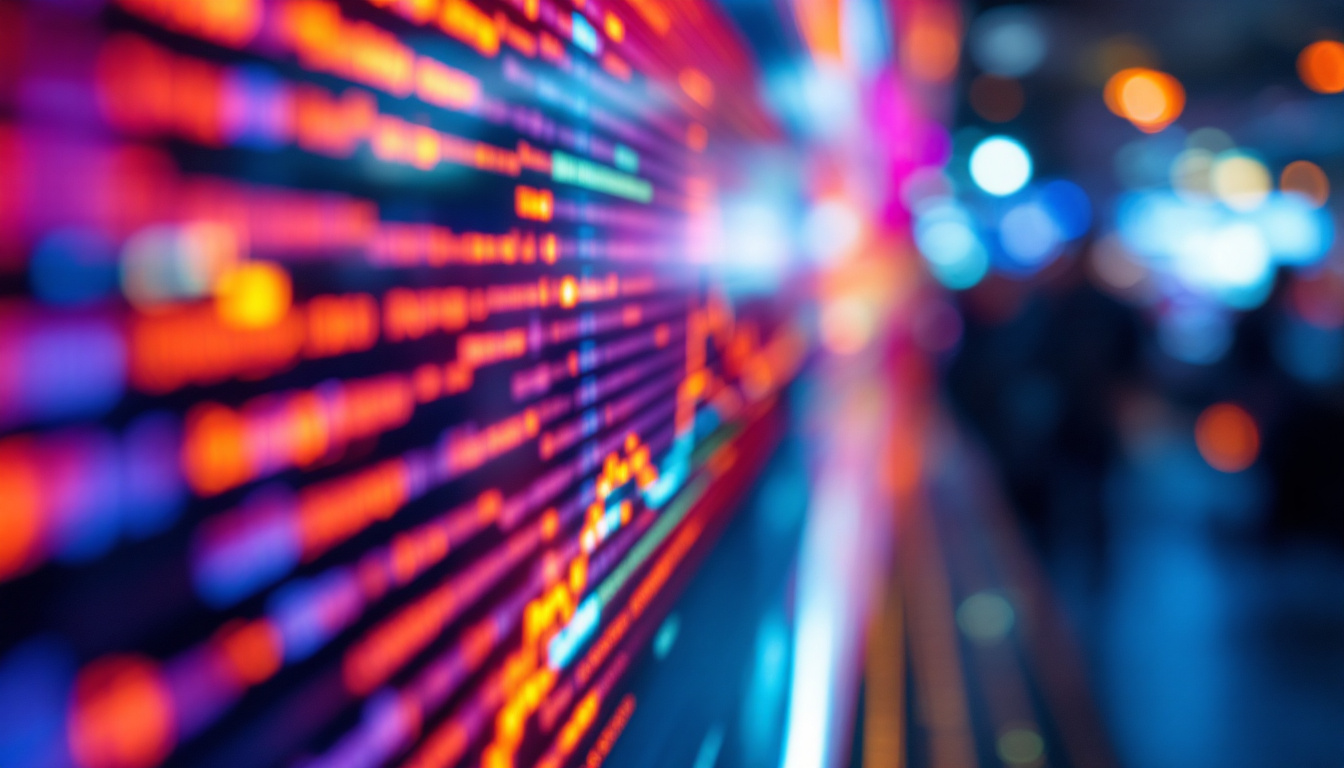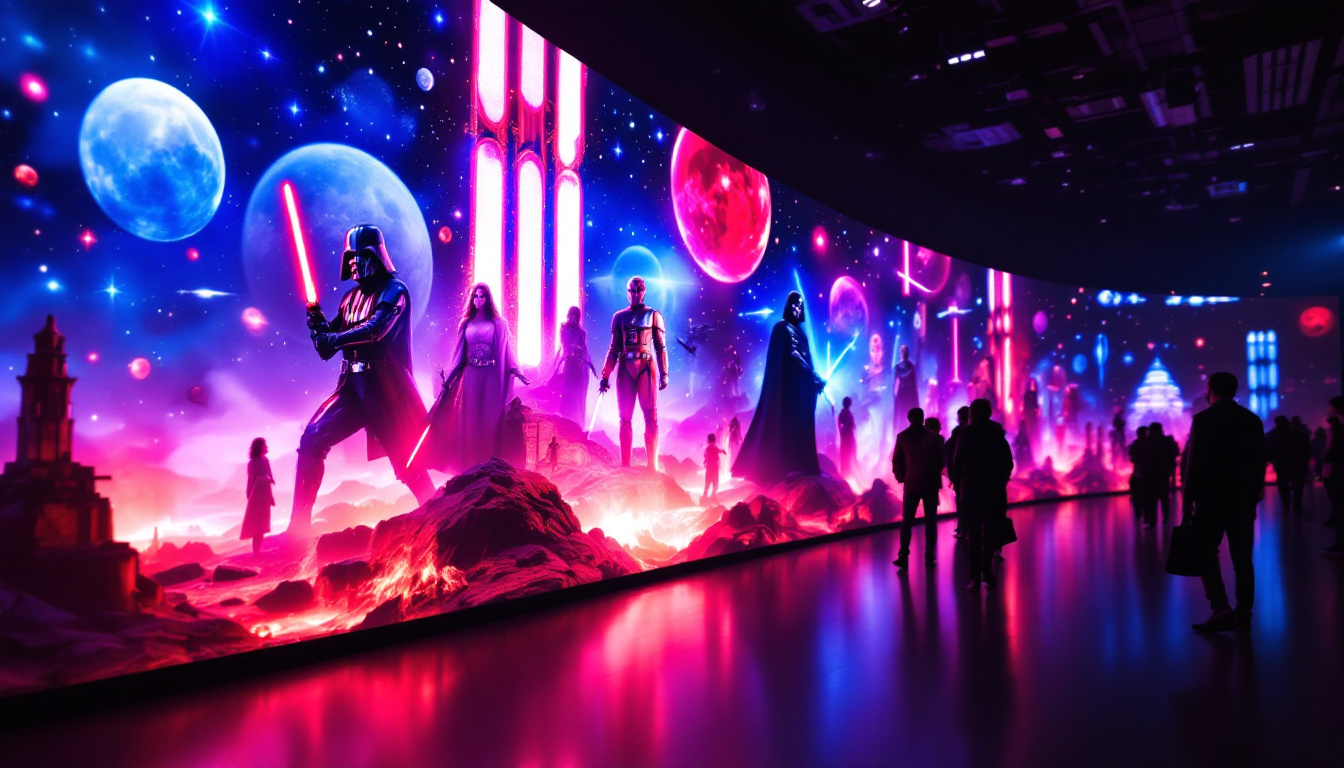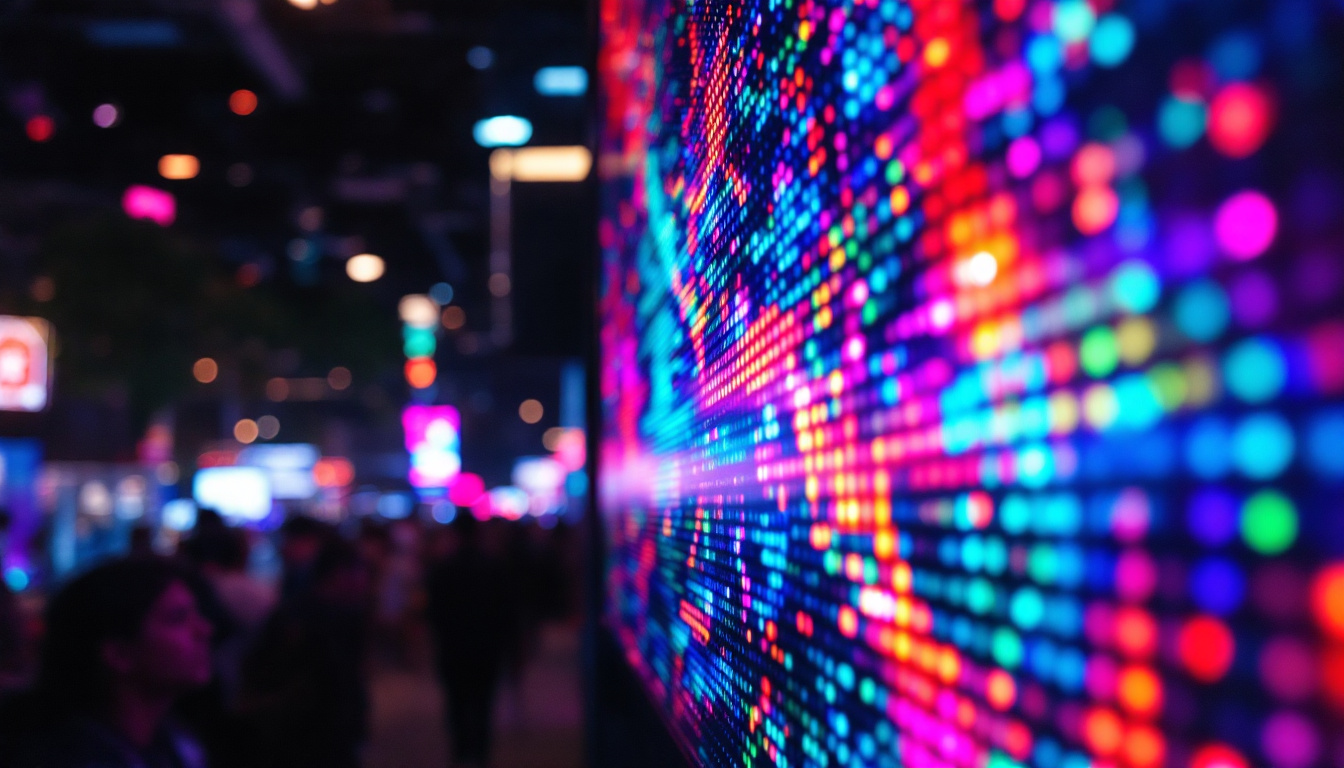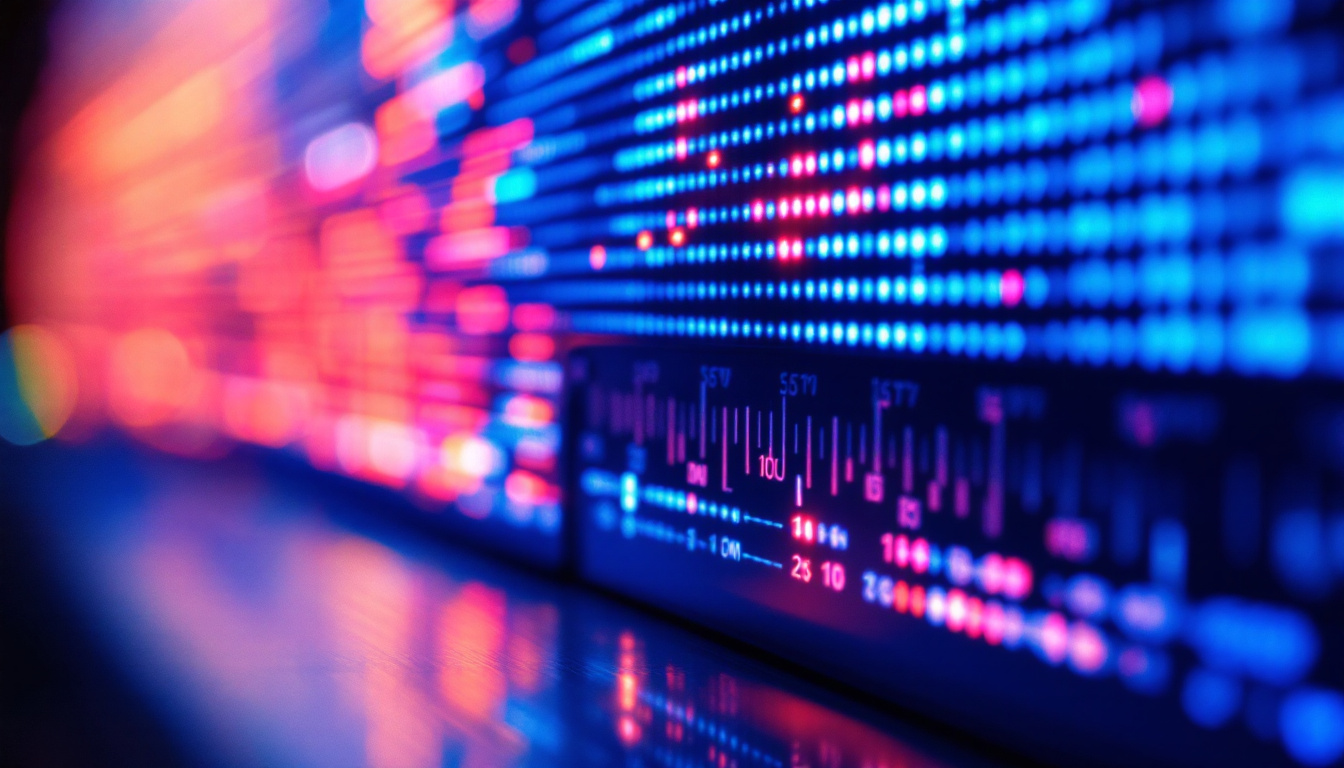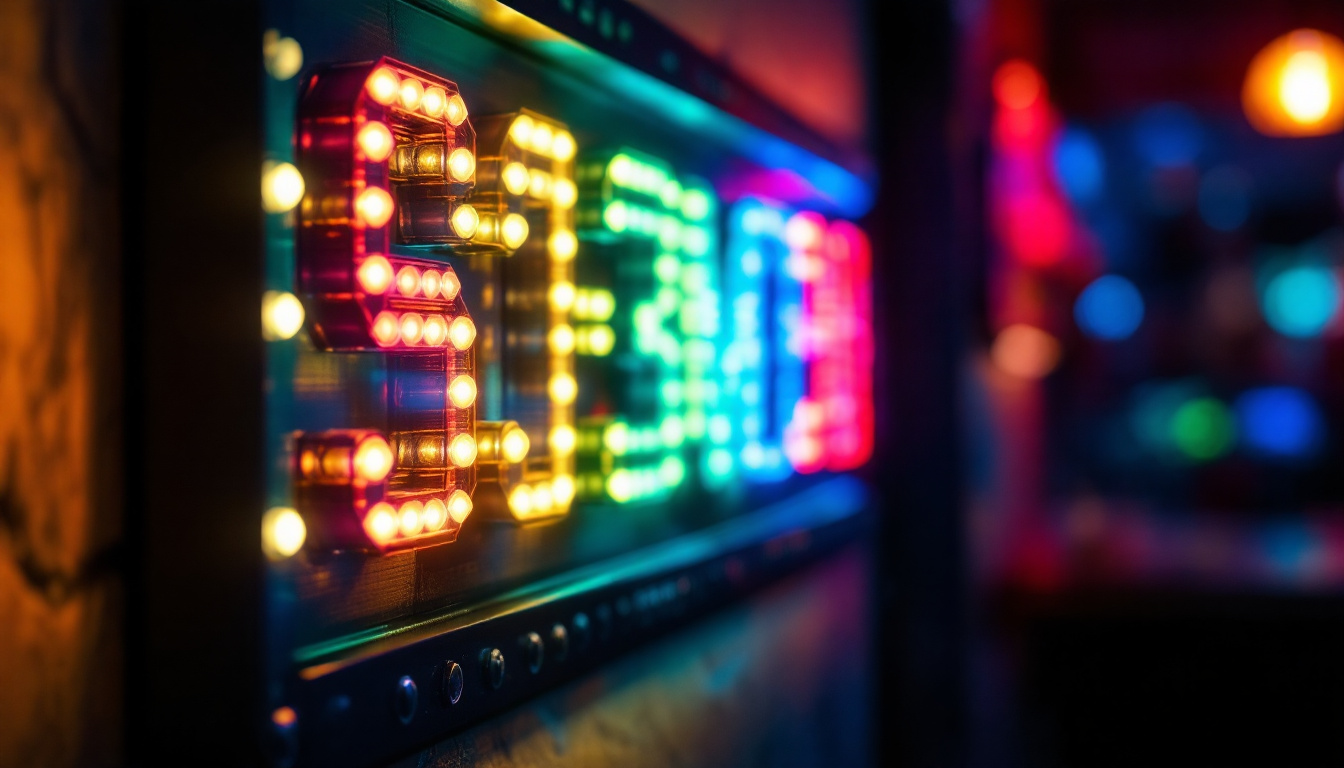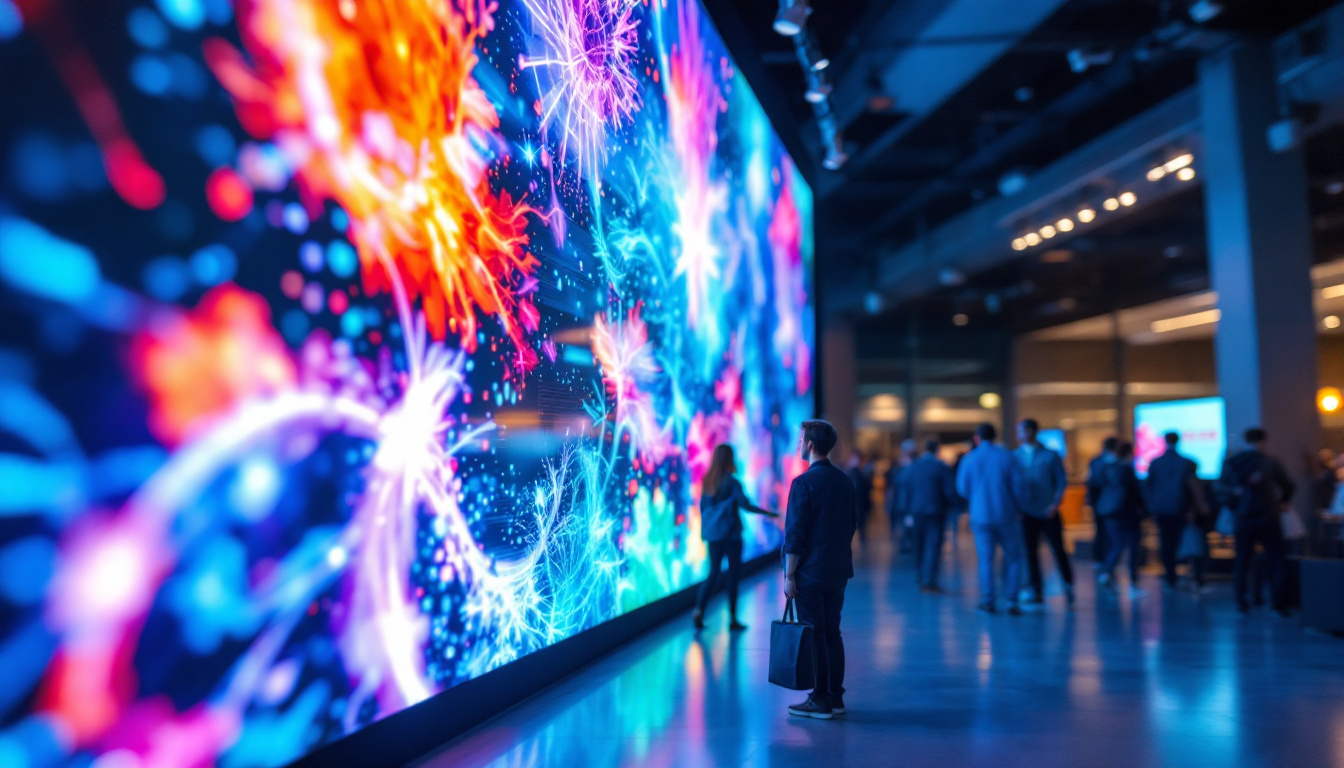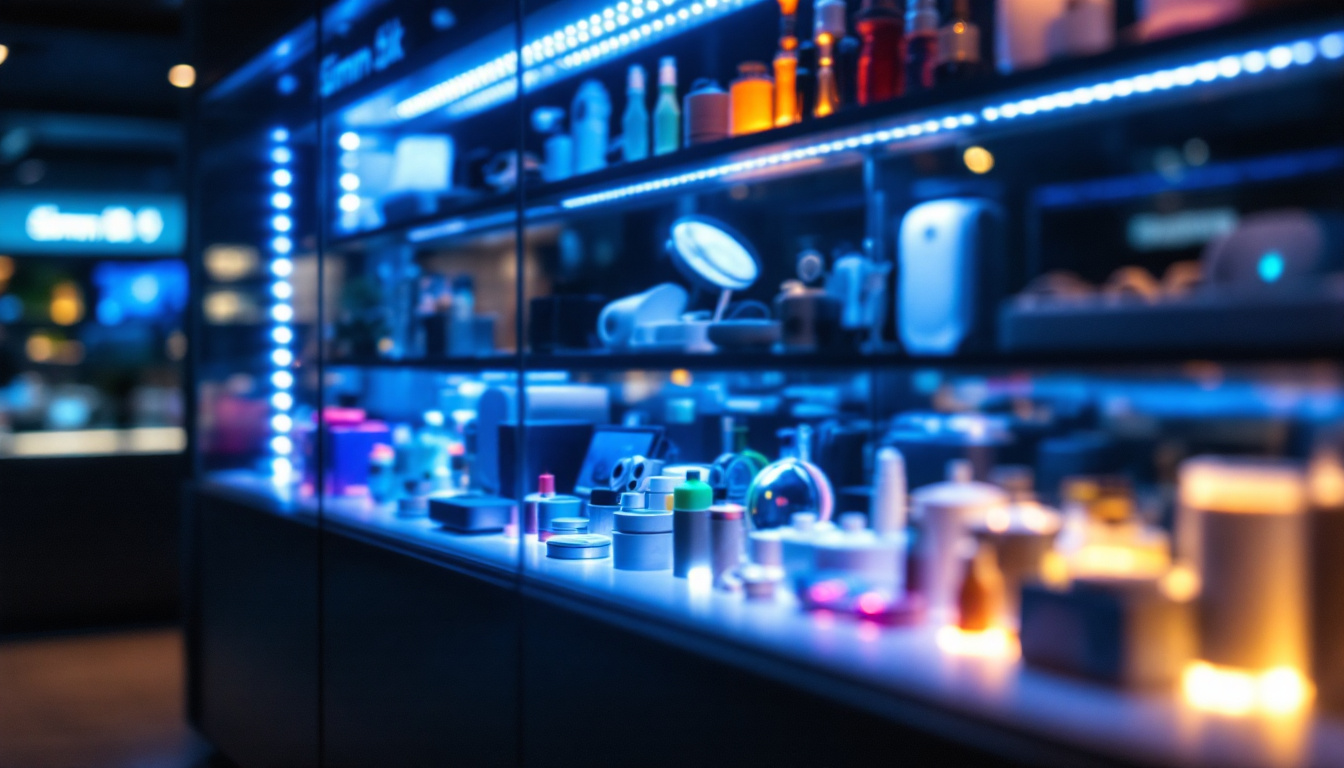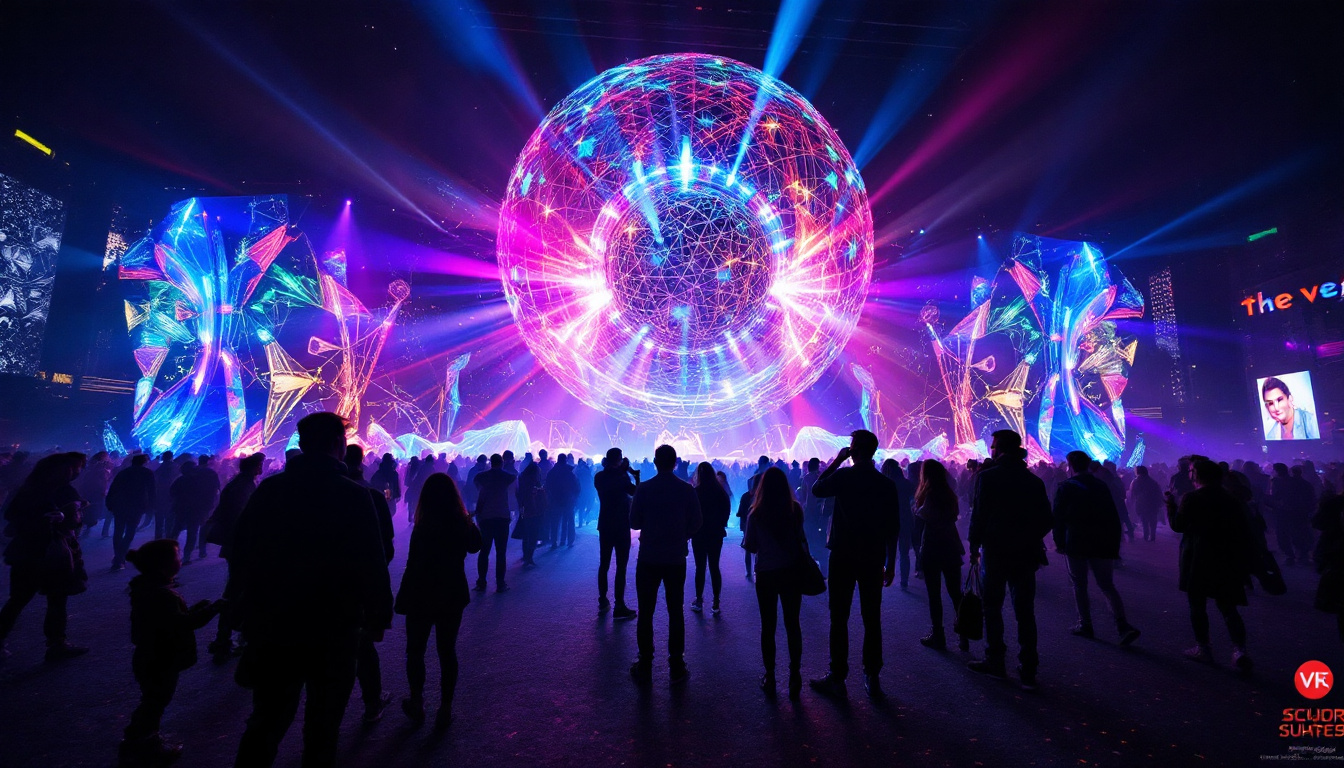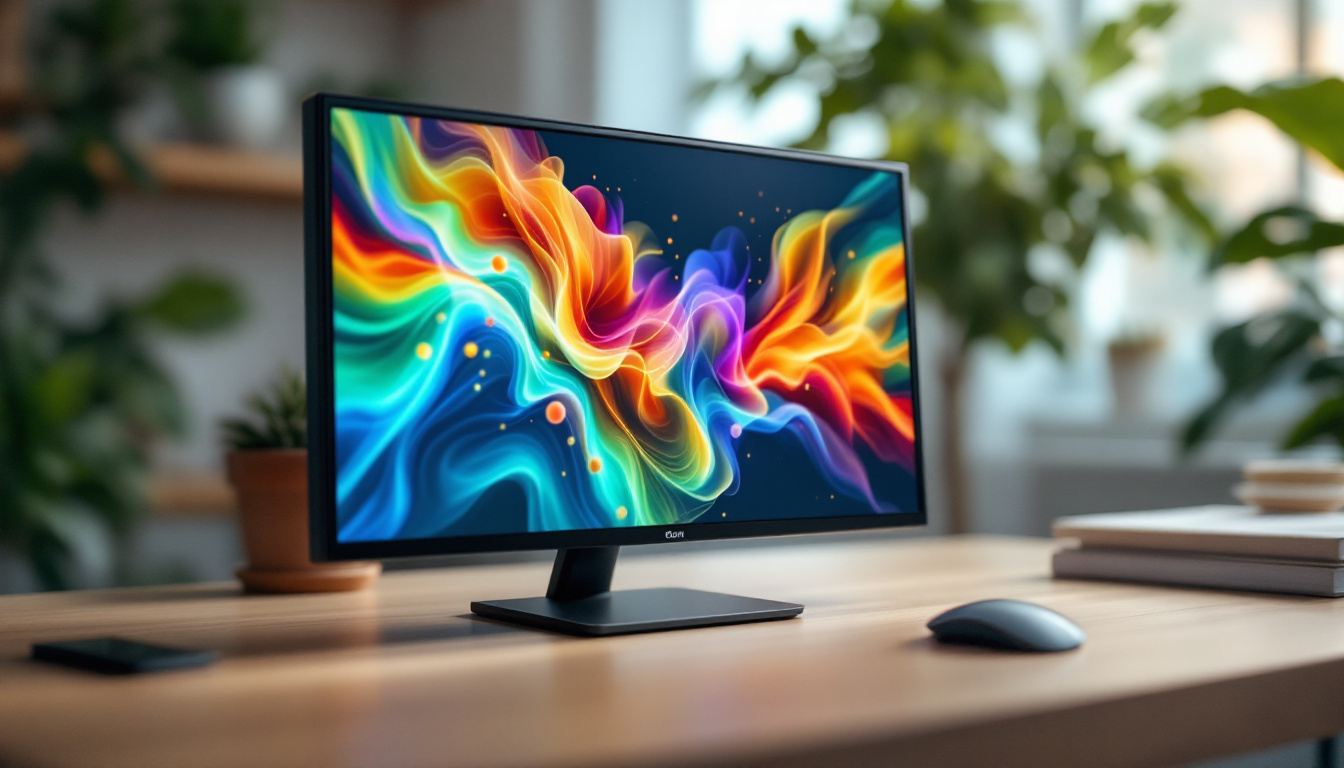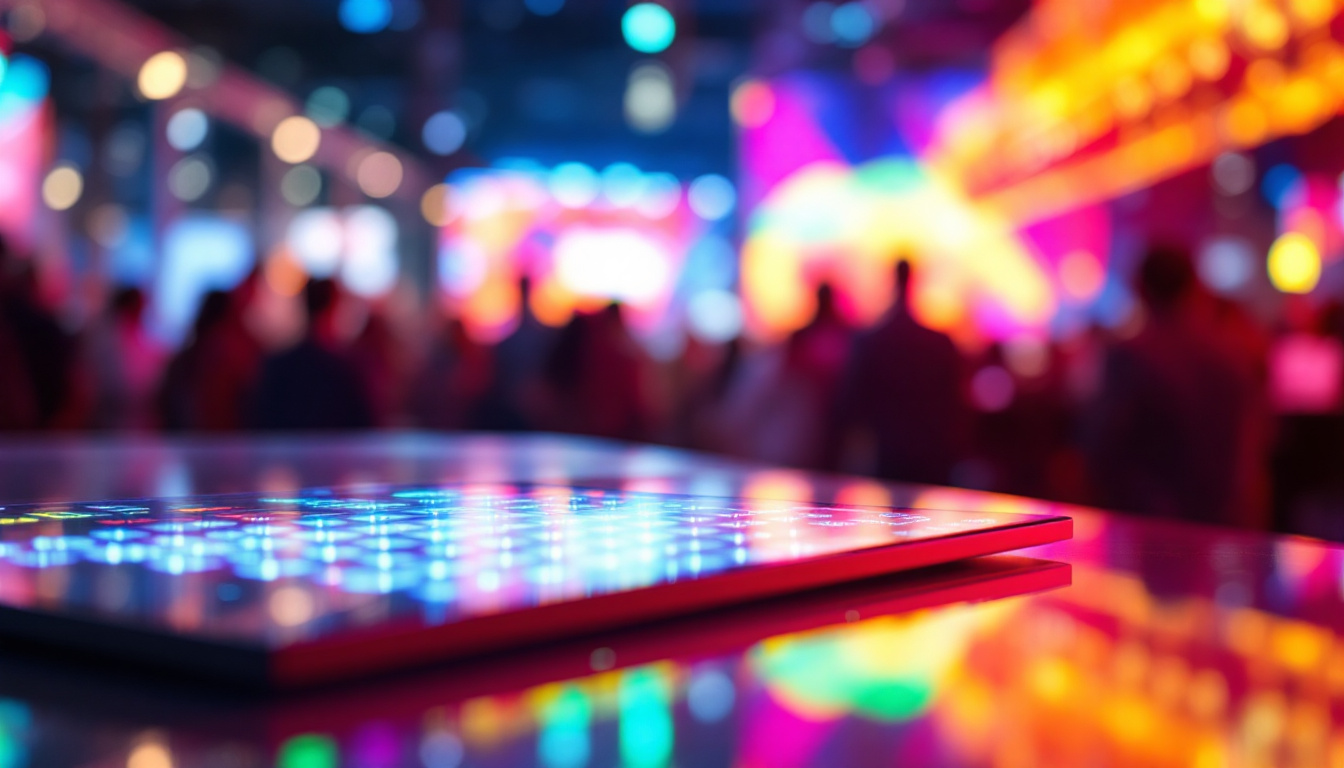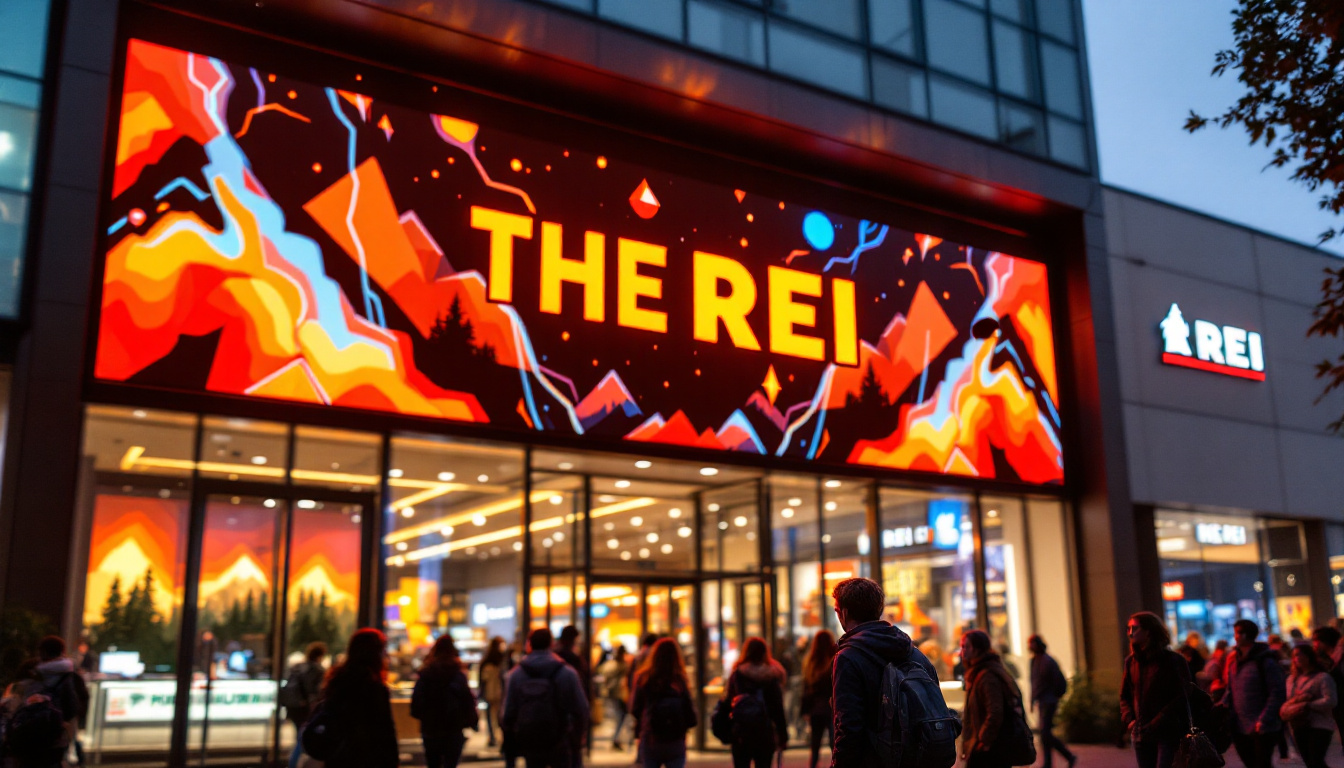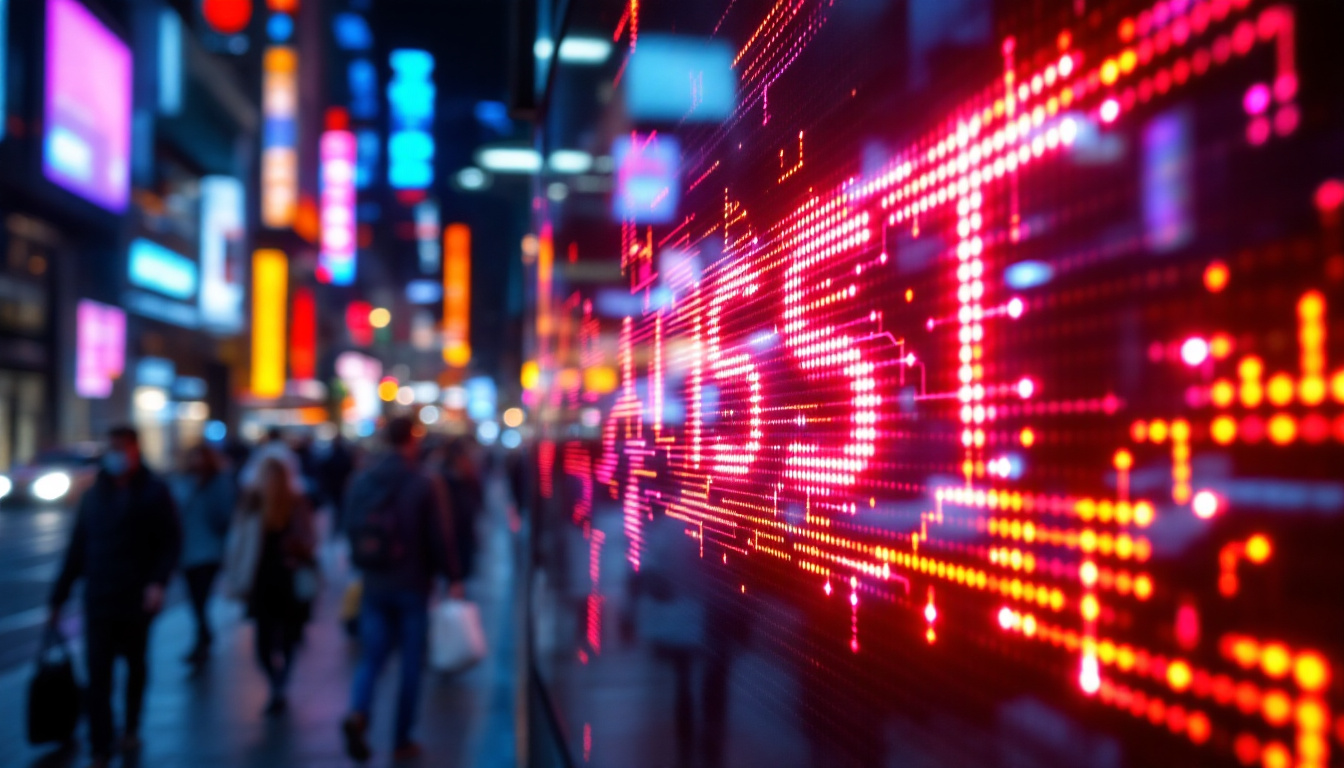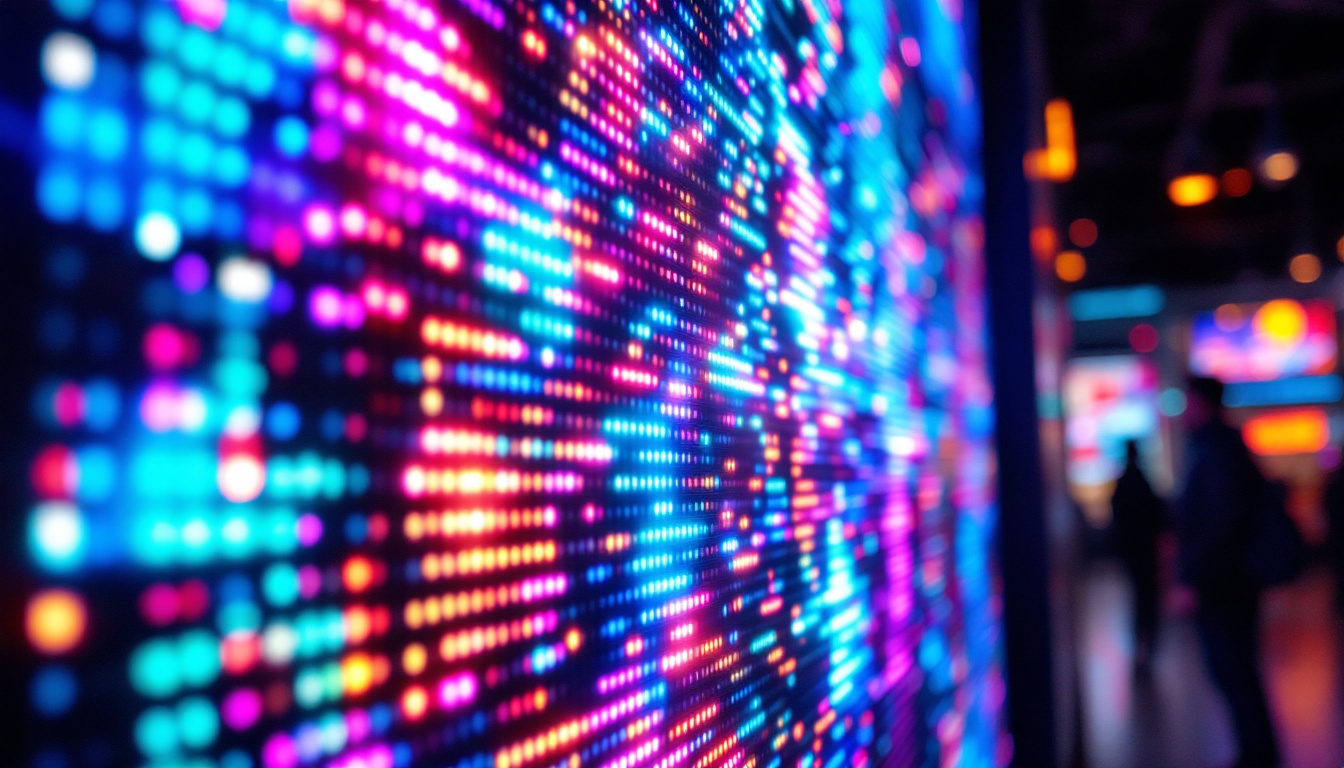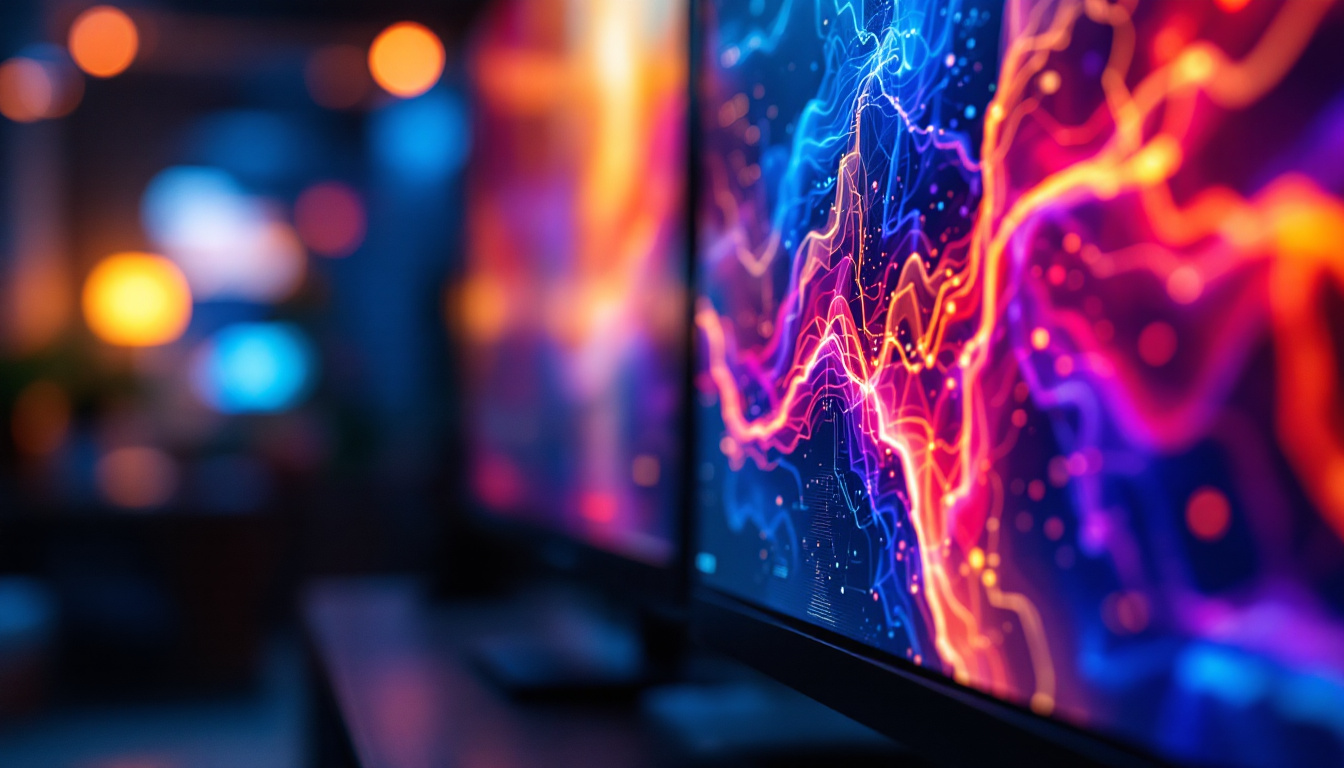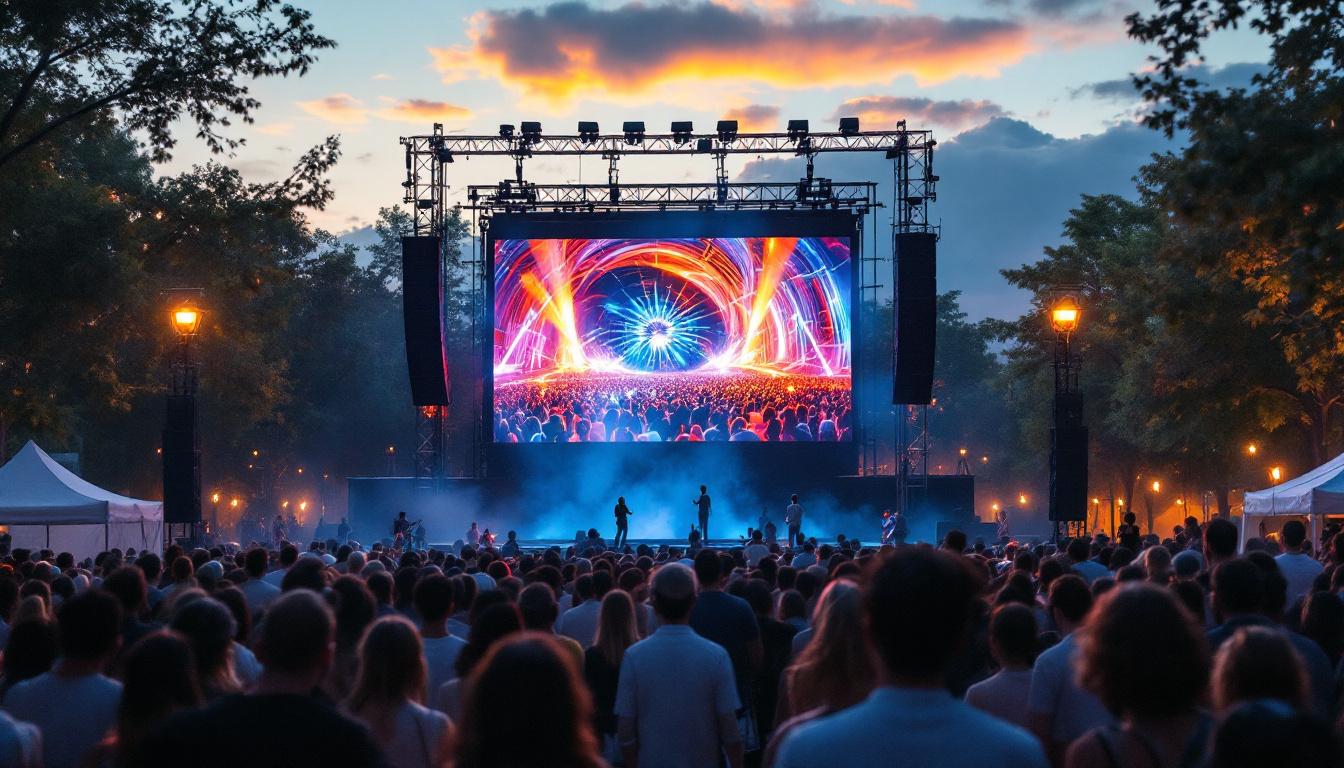In recent years, LED display technology has revolutionized the way we experience visual content. From advertising billboards to home entertainment systems, LED displays have become ubiquitous. Among these innovations, the TV LED wall stands out as a powerful tool for both commercial and personal use. This article delves into the intricacies of LED displays, their applications, benefits, and how they are changing the landscape of visual presentation.
Understanding LED Technology
LED, or Light Emitting Diode, technology is a form of solid-state lighting that uses semiconductor materials to convert electricity into light. This technology is not only energy-efficient but also offers a range of advantages over traditional display technologies, such as LCD and plasma screens. The longevity of LED lights is another significant benefit, with many LEDs lasting up to 25,000 hours or more, which is several times longer than incandescent bulbs. This durability makes them an attractive option for both commercial and residential applications, reducing the frequency of replacements and maintenance costs.
The Basics of LED Displays
At its core, an LED display consists of numerous tiny diodes that emit light when an electric current passes through them. These diodes are arranged in a matrix, allowing for the creation of images and videos. The most common types of LED displays include direct view LED, LED-backlit LCD, and OLED displays. Each type has its unique characteristics and applications. For instance, OLED displays are known for their ability to produce true blacks and vibrant colors due to their self-emissive nature, while LED-backlit LCDs provide a more cost-effective solution for larger screens, such as televisions and computer monitors. Additionally, the versatility of LED technology extends beyond displays; it is also utilized in architectural lighting, automotive lighting, and even horticultural applications, showcasing its wide-ranging impact on various industries.
How LED Displays Work
LED displays operate by controlling the intensity of light emitted from each diode. By adjusting the brightness and color of individual diodes, it is possible to create a full spectrum of colors and dynamic images. This capability allows for high-resolution displays that can be viewed from various angles without losing quality. Furthermore, the rapid response time of LEDs enables them to display fast-moving images without blurring, making them ideal for applications such as sports broadcasting and gaming. The integration of advanced technologies, such as HDR (High Dynamic Range) and 4K resolution, has further enhanced the viewing experience, providing deeper contrasts and more lifelike visuals. As the demand for high-quality displays continues to grow, innovations in LED technology are expected to evolve, leading to even more immersive and engaging visual experiences.
Applications of TV LED Walls
TV LED walls are versatile and can be utilized in a variety of settings. Their applications range from commercial advertising to entertainment, education, and beyond. Here are some of the key areas where LED walls are making a significant impact.
Commercial Advertising
One of the most prominent uses of LED walls is in commercial advertising. Businesses utilize these displays to showcase their products and services in vibrant colors and high resolution. LED walls can be found in shopping malls, airports, and city centers, capturing the attention of passersby and enhancing brand visibility. The dynamic nature of LED technology allows for real-time updates, enabling businesses to promote time-sensitive offers or announcements, which is particularly advantageous in fast-paced environments. Moreover, the ability to incorporate interactive elements, such as QR codes or social media feeds, further engages consumers and encourages them to interact with the brand.
Entertainment Venues
In the entertainment industry, LED walls have transformed the way performances are presented. Concerts, theater productions, and sporting events now feature large LED screens that enhance the audience’s experience. These displays can show live feeds, graphics, and animations, creating an immersive environment that engages viewers on multiple levels. For instance, during live concerts, artists can synchronize visual effects with their music, providing a multi-sensory experience that captivates the audience. Additionally, LED walls are increasingly used in theme parks and attractions, where they can create stunning visual backdrops that transport visitors into different worlds, making the experience more memorable and enjoyable.
Corporate Events and Presentations
For corporate events, LED walls serve as an effective communication tool. They can be used for presentations, product launches, and conferences, providing clear visuals that help convey messages more effectively. The ability to display high-resolution graphics and videos ensures that audiences remain engaged and informed. Furthermore, LED walls can be customized to fit various themes and branding requirements, making them a versatile choice for any corporate setting. With features such as split-screen capabilities, companies can simultaneously display multiple presentations or live feeds, facilitating better interaction and discussion among participants. This adaptability not only enhances the professionalism of the event but also fosters a more collaborative atmosphere, encouraging networking and idea-sharing among attendees.
Benefits of Using LED Walls
The advantages of LED walls extend beyond their visual appeal. Here are some key benefits that make them a preferred choice for many applications.
Energy Efficiency
One of the most significant benefits of LED technology is its energy efficiency. LED displays consume far less power compared to traditional display technologies, which not only reduces electricity costs but also minimizes the environmental impact. This energy efficiency makes LED walls a sustainable choice for businesses looking to reduce their carbon footprint. Furthermore, many LED walls are designed with advanced technology that allows for adaptive brightness, adjusting automatically to ambient light conditions. This feature not only enhances visibility but also contributes to further energy savings, making them an even more attractive option for eco-conscious organizations.
High Brightness and Contrast
LED walls are known for their exceptional brightness and contrast levels. This capability allows them to perform well in various lighting conditions, including direct sunlight. The vibrant colors and sharp images produced by LED displays ensure that content remains visible and engaging, regardless of the surrounding environment. Additionally, the high refresh rate of LED technology means that motion graphics and videos appear smooth and fluid, which is particularly beneficial for live events and dynamic presentations. This characteristic not only captivates audiences but also enhances the overall viewing experience, making LED walls ideal for concerts, sporting events, and trade shows.
Long Lifespan and Durability
Another advantage of LED walls is their longevity. With a lifespan that can exceed 100,000 hours, LED displays are built to last. Additionally, they are more resistant to damage compared to traditional screens, making them suitable for both indoor and outdoor applications. This durability translates to lower maintenance costs over time. Moreover, many LED walls are designed to withstand harsh weather conditions, such as rain, snow, and extreme temperatures, which further extends their usability in various environments. This resilience not only ensures that businesses can rely on their LED installations for years but also enhances their return on investment, as the need for frequent replacements or repairs is significantly reduced.
Choosing the Right LED Wall
When considering an LED wall for a specific application, several factors must be taken into account. The right choice will depend on the intended use, budget, and desired features.
Resolution and Pixel Pitch
Resolution is a crucial factor in determining the quality of an LED display. Higher resolution displays provide clearer and more detailed images. Pixel pitch, which refers to the distance between the centers of two adjacent pixels, is also essential. A smaller pixel pitch results in higher resolution and better image quality, making it ideal for close viewing distances.
Size and Configuration
LED walls come in various sizes and configurations, allowing for customization based on specific needs. Whether it’s a small screen for a conference room or a massive display for a stadium, choosing the right size is critical for achieving the desired impact. Additionally, modular designs allow for flexible configurations to fit different spaces.
Installation and Maintenance
Proper installation is vital for the optimal performance of an LED wall. It is essential to work with professionals who understand the technical requirements and can ensure that the display is set up correctly. Furthermore, regular maintenance is necessary to keep the display functioning at its best. This includes cleaning, checking connections, and updating software as needed.
Future Trends in LED Display Technology
The LED display industry is continually evolving, with new technologies and trends emerging regularly. Understanding these trends can provide insights into the future of visual displays.
Advancements in MicroLED Technology
MicroLED technology is one of the most exciting developments in the LED display sector. This technology utilizes microscopic LEDs to create displays that offer even higher resolutions and better color accuracy. As MicroLED technology matures, it is expected to replace traditional LED displays in many applications, providing superior performance and flexibility.
Integration with Smart Technology
As smart technology continues to advance, LED displays are increasingly being integrated with smart systems. This integration allows for enhanced interactivity and connectivity, enabling users to control displays through mobile devices or voice commands. The result is a more dynamic and engaging user experience.
Improved Sustainability Practices
With growing awareness of environmental issues, the LED display industry is focusing on sustainability. Manufacturers are exploring ways to produce LED displays using eco-friendly materials and processes. Additionally, recycling programs for old displays are becoming more common, reducing waste and promoting responsible consumption.
Conclusion
The TV LED wall represents a significant advancement in display technology, offering numerous benefits across various applications. From commercial advertising to entertainment and corporate events, LED walls are transforming the way visual content is presented and experienced. As technology continues to evolve, the potential for LED displays will only expand, paving the way for even more innovative uses in the future.
Understanding the intricacies of LED technology, its applications, and the factors to consider when choosing an LED wall is essential for making informed decisions. With their energy efficiency, durability, and superior visual quality, LED walls are poised to become an integral part of our visual landscape.
Discover LumenMatrix LED Display Solutions
Ready to elevate your visual experience with cutting-edge LED technology? LumenMatrix is at the forefront of LED innovation, providing a wide array of solutions tailored to meet your needs. Whether you’re looking to enhance your brand’s visibility with an Indoor LED Wall Display, captivate passersby with an Outdoor LED Wall Display, or create a dynamic environment with our Custom LED Displays, we have the technology to bring your vision to life. Experience the future of visual communication and make a lasting impression with LumenMatrix’s advanced LED display modules. Check out LumenMatrix LED Display Solutions today and see the difference for yourself.

